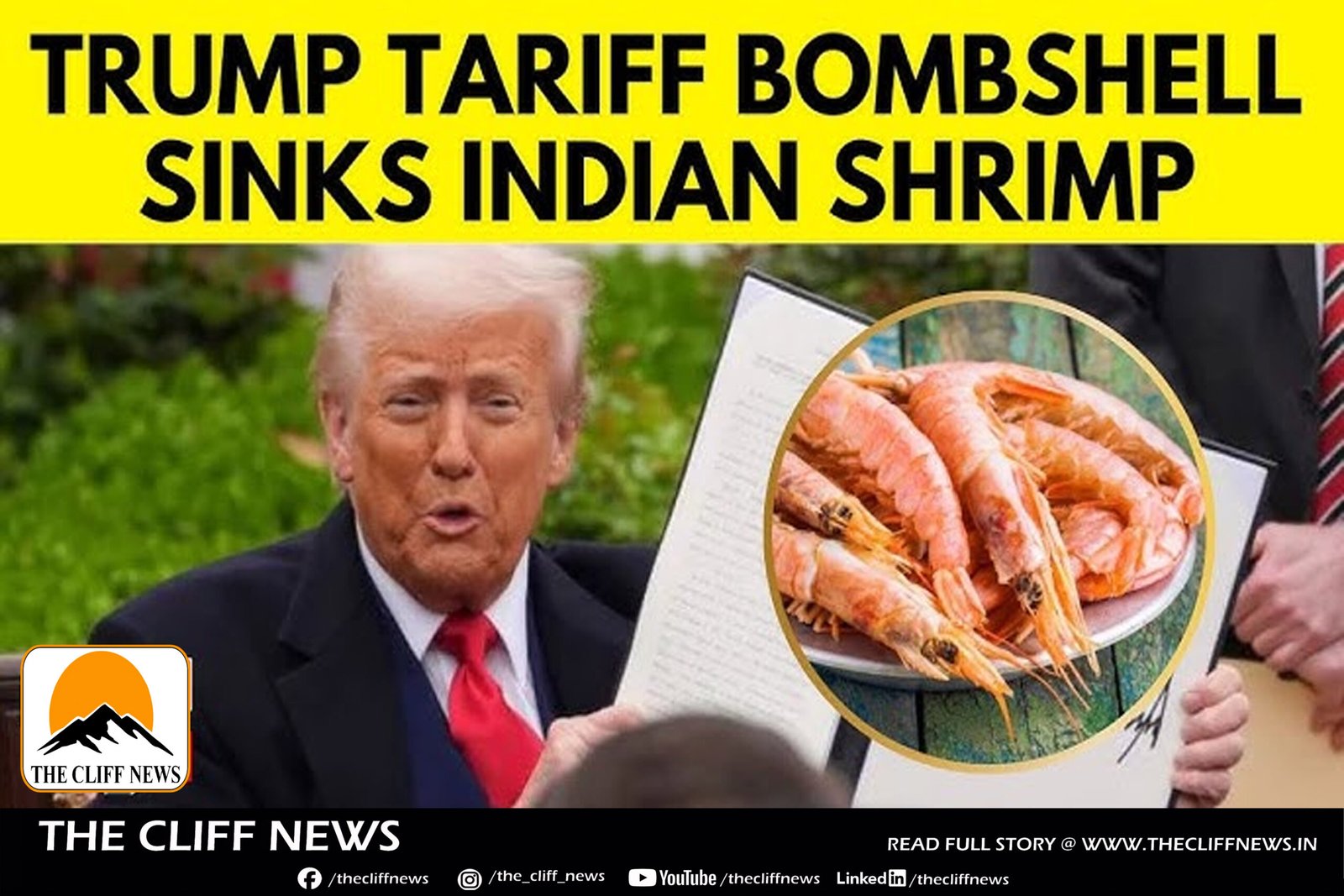Mumbai: Beginning August 27, a steep 50% tariff on Indian frozen seafood exports to the United States — the world’s largest seafood market — has cast a pall over an industry that has sustained generations. At Sassoon Dock, one of Maharashtra’s busiest seafood-exporting hubs, the usual bustle of unloading, auctioning and processing seafood is now laced with deep anxiety.
The fishing sector here was already grappling with existential threats, including the Mumbai Port Authority’s move to lease out godowns for commercial purposes. The latest blow from U.S. President Donald Trump’s administration, which hiked duties from 10% in early August to 25% and now to 50%, has left exporters and fishermen fearing collapse.
“If the Indian government doesn’t find a solution to the tariff, exporters will not value fishermen,” said Vasant Bhuchade, president of the Marine Products Auctioneers Association. “Traders and exporters will ask for a cheaper rate during auctions, and fishermen, who usually earn good money from prawns, will then not bother going into the water for prawns. The cascading effect will even rob the women who shell prawns of their income. Prawns are the mainstay of our fishing activity, and this tariff will put the entire industry in danger.”
Industry insiders warn that the impact will ripple across the supply chain — from exporters and auctioneers to aquaculture farmers and women engaged in prawn shelling. With the U.S. and China serving as India’s primary seafood markets, exporters have little room to manoeuvre and are expected to pass on the burden of increased costs.
The rise in tariffs, exporters say, could dismantle a trade that has long been one of India’s most lucrative. For thousands of families tied to Sassoon Dock, the prospect of diminishing catches and shrinking incomes now looms larger than ever.



